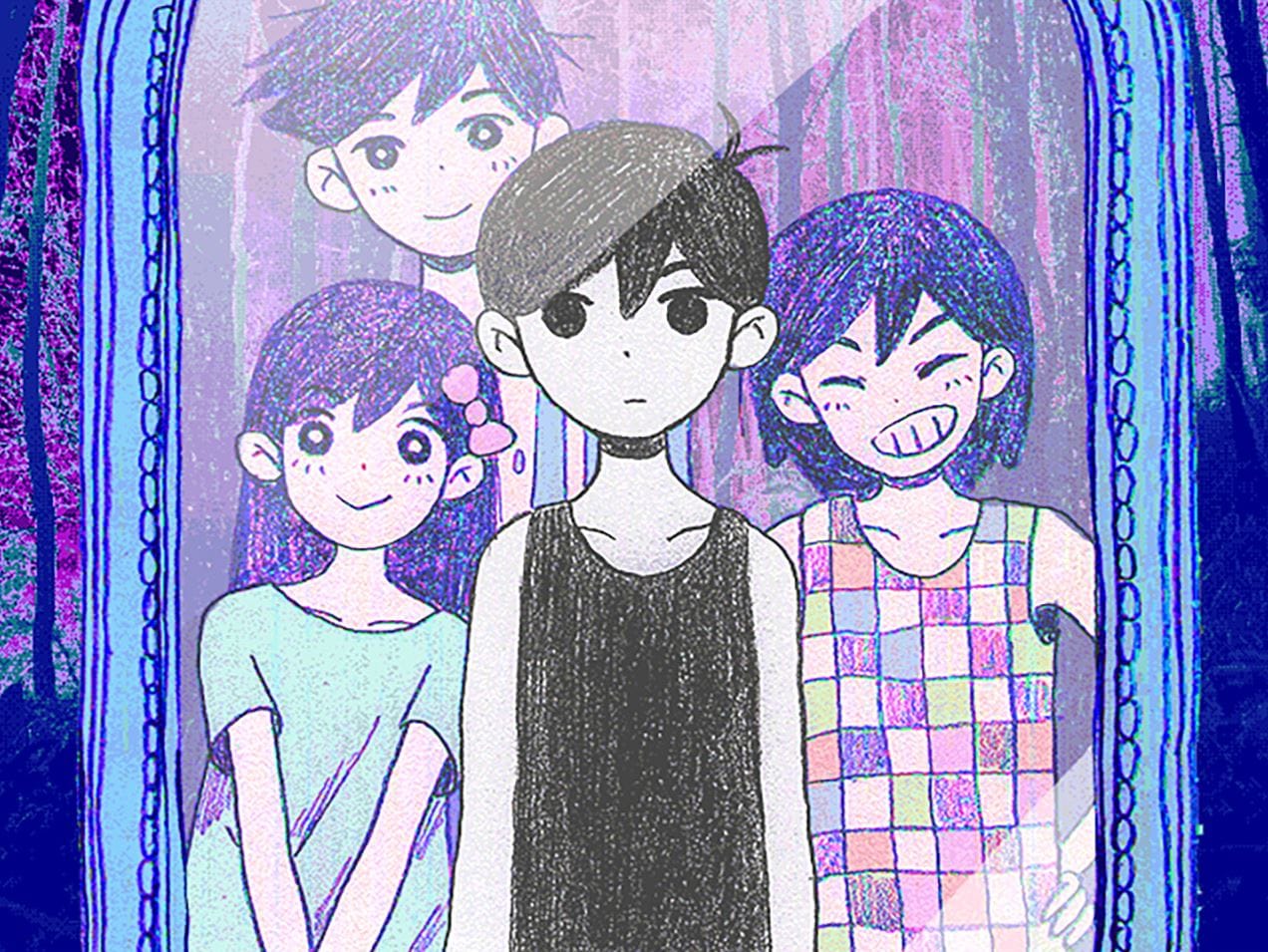The Omori Manga's First Chapter Has Arrived
How will a new medium impact the experience?

I hadn't expected that we Americans would get access to Omori until next year at the earliest. That may still hold true for a full manga collection, but you can read the first chapter online right now courtesy of Kodansha, translated fully into English. The website also has accessibility pages to allow for easier reading. Nui Konoito is doing the adaptation with Omocat, writing and drawing the pages.
The responses I've seen have been mixed. Some people aren't fans of the art, and others are questioning why events are reordered. I feel it's a great way to enter a familiar world when we don't have the RPG framework as a guide to dreams and reality.
Omori, a 2020 RPG that was supposed to come out half a decade earlier, has become an international success. It depicts a boy named Sunny forced to either confront a great tragedy that weighs on him and his original friends or withdraw into his dreams to become a hero to dream characters. Since it was originally supposed to be a manga from the creator Omocat, the existence of a Japanese manga serialized in Kodansha may see her vision and original intentions mixed with a new interpretation of the source material.

Context matters
Manga can be trippy, and there are several contenders for zaniness from Kodansha, Viz, Shueisha, and other magazines. The problem, however, is that still art cannot convey the trippiness that anime or video game animation can. You can't have random jump scares or jumps to different forms of media to indicate a mood shift. Accordingly, when translating a video game into a comic, you have to know when to make sacrifices.
Manga creators also have less time to set the stage and win over the reader. You can't spend an hour in Headspace with Omori wandering outside and then pull a bait-and-switch when Sunny wakes up since that could take up twenty pages. The creator has forty or fifty pages at most to introduce us to this game and the world. They need to be pragmatic about the important details to show.
And we do see pragmatism, along with gorgeous art. Rather than follow the Main Route word-for-word (a wise idea since the Main Route in Omori takes 25 hours minimum to complete), we get the first night and day depicted in the story. The creators choose to start with Sunny rather than Omori in a happy flashback, hinting at the tragedies that have affected this friend group. Sunny, not Omori, is the real protagonist of the story, and you don't need to conceal this for the twist of what Omori really is.
The authors trust that most readers who will be picking up the manga already know what Omori's main story is. Ergo, we don't have to start with the bait-and-switch of Omori in Headspace, when Sunny is the protagonist. We also don't have to go through all the details of microwaving steak inside a fridge long after the power has been turned off when a few silent panels can indicate the depression and disassociation that Sunny feels. Detailed art can substitute for the many activities you undertake just to get Sunny and Omori through their first night in-game.

The problem, however, is that still art cannot convey the trippiness that anime or video game animation can.
And speaking of detailed art, Nui Konoito goes all out on the scares. Sunny's hallucinations twist around him, showing how visceral his fears of heights, spiders, and deep water are. You feel for the kid, even if you know why he has become such a recluse. Little details, like him shielding his eyes when he goes outside for the first time in years, become very relatable for those that had to deal with the pandemic shutdowns. The Something and Hellmari hallucinations gain depth and texture. Without the limit of sprites, we can understand why Sunny sees long black hair everywhere.
Keep in mind that I'm not saying the manga is better than the game. Instead, it's a different interpretation, with varying visuals as a result.
What could the next chapter bring?
It's highly possible that the next chapter will take place exclusively in Headspace, now that we have set the scene. Omori has taken Sunny's place as the central character and is seeing his friends as they were six years ago. On the other hand, we could find out the aftermath of the fight that Aubrey starts in the real world.
Konoito has succeeded in keeping the wary reader guessing, and that is an achievement when most coming to the manga would already know the full story. We don't know what specific plot points will emerge in the dream world or real world, or what flashbacks we will see in which order. I'm looking forward to seeing how the manga unfolds.